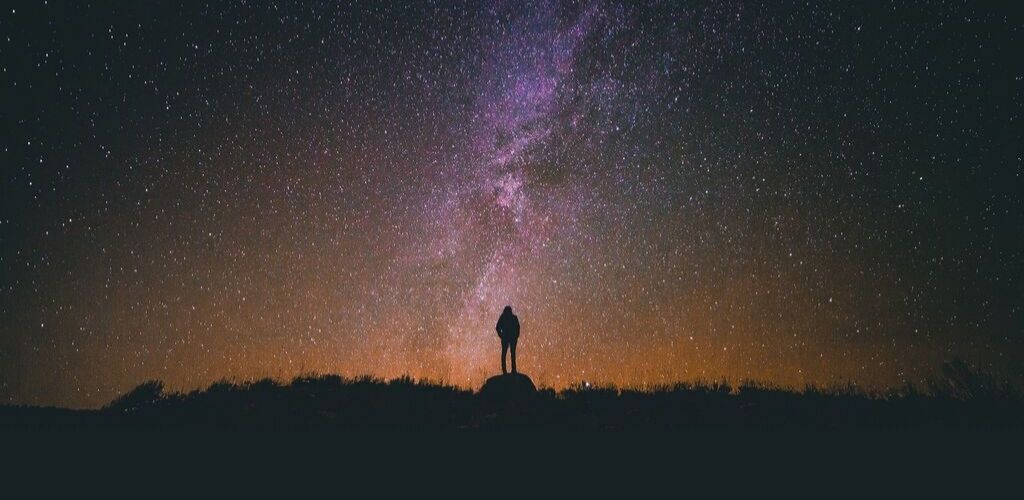
The cold and dark nights of February reveal the signs of the coming spring…
Click on your location: Northern hemisphere | Southern hemisphere
Northern hemisphere
Star map from February to March in the Northern hemisphere
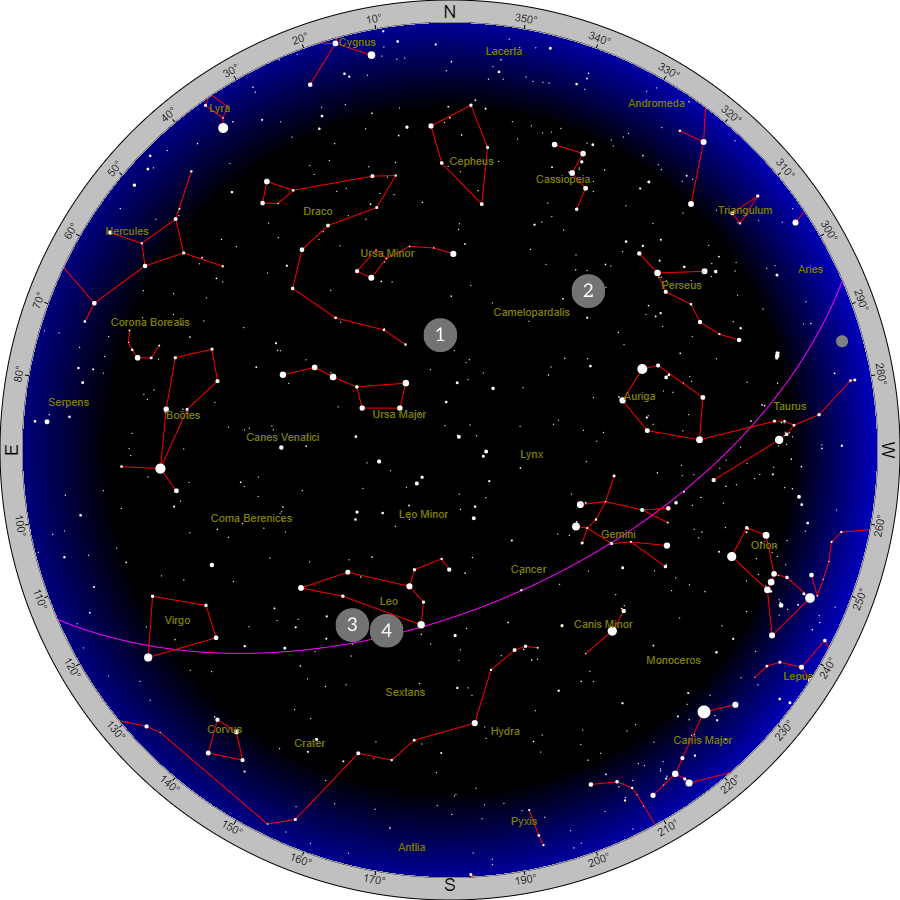
1) M81 and M82 galaxies
Observation hours: all night.
M81 and M82 are two very different galaxies but relatively close to each other. M81 is a spiral galaxy, located 12 million light years from Earth. A small telescope will not allow you to distinguish its arms, but you will see its shiny nucleus very well. M82 is an irregular galaxy with many stars. Within M82 the stars are born at a rate ten times higher than those of our Milky Way.
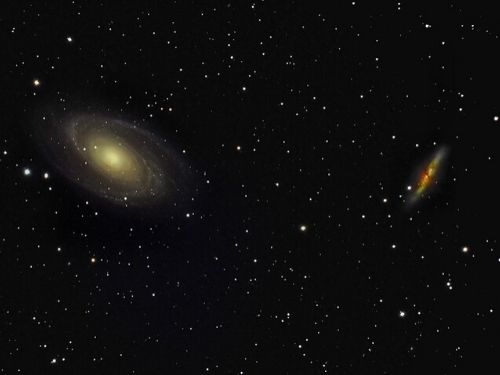
2) Kemble’s Cascade
Observation hours: from dusk to dawn.
This chain of stars is not a star cluster, but an asterism, a collection of unrelated stars. You need binoculars or a small telescope to observe it. It is located in the constellation Giraffe. Asterism looks like a line of colored stars, which seem to fall from a cliff and plunge into an open cluster called NGC 1502, which looks like a small knot of bright stars.
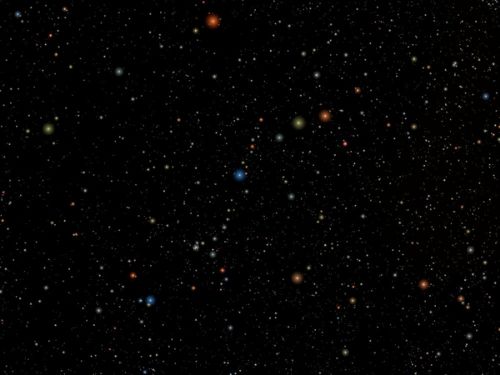
3) M95 galaxy
Observation hours: from mid-evening to dawn.
M95 is a barred spiral galaxy located in the Leo constellation. Not very bright, it is easier to see in a photo, in the form of a ring of stars surrounding a nucleus. This nucleus is the star formation zone. The ring is crossed by a central “bar” of stars which makes the galaxy look like an eye. It housed a supernova that exploded in March 2012.
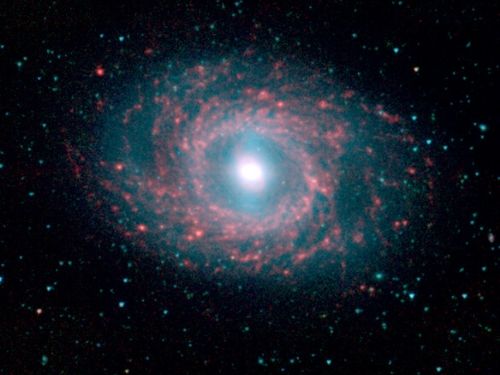
4) M96 galaxy
Observation hours: from mid-evening to dawn.
M96, located 31 million light years from us, is the center of a group of galaxies which contains M95 and M105. It is classified as an intermediate double barred spiral galaxy. It is not very bright, so you need a medium-sized telescope to observe it. A long exposure photograph shows his asymmetrical spiral arms. It exploded in 1998.
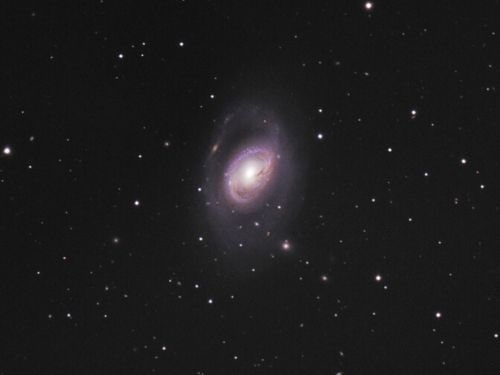
Southern hemisphere
Star map from February to March in the Southern hemisphere
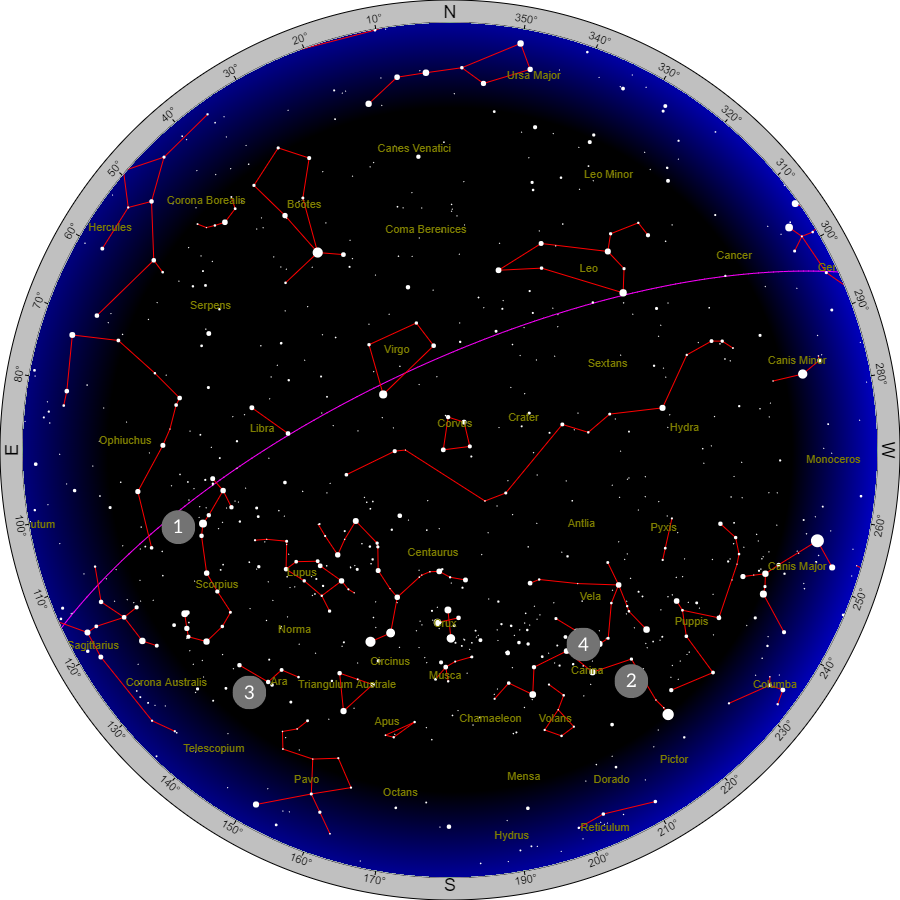
1) Omega Centauri globular cluster
Observation hours: from mid-evening to dawn.
It is the brightest globular cluster in the sky, visible to the naked eye. It has the shape of an irregular star. It is the largest known globular cluster in orbit around the Milky Way. it was listed in the Ptolemy catalog as a star.
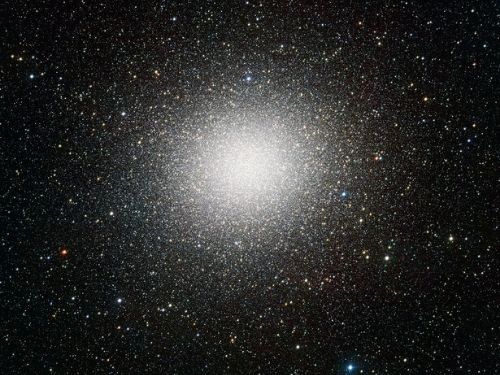
2) NGC 2516 open cluster
Observation hours: from sunset to early morning.
The Carina constellation is home to an open cluster, known as NGC 2516, also known as the Sprinter. Visible to the naked eye from a site devoid of light pollution, it contains two red giants and three pairs of double stars. You need a telescope to see them: these stars are 135 million years old and are 1300 light years from us.
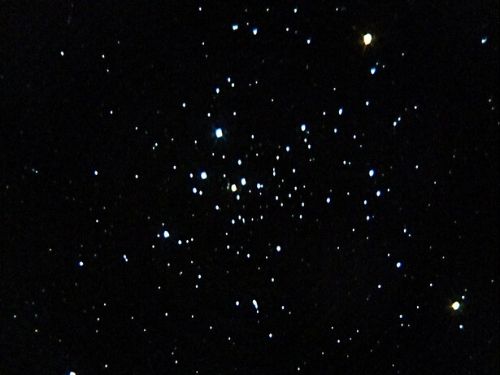
3) NGC 6397 globular cluster
Observation hours: from mid-evening to dawn.
Globular clusters are agglomerates of stars linked by gravitation. Located 7200 light years away, within the Altar constellation, NGC 6397 is one of the closest to us. We can distinguish it with the naked eye and observe it through binoculars or through a small telescope. It contains about 400,000 stars and has suffered a heart collapse.
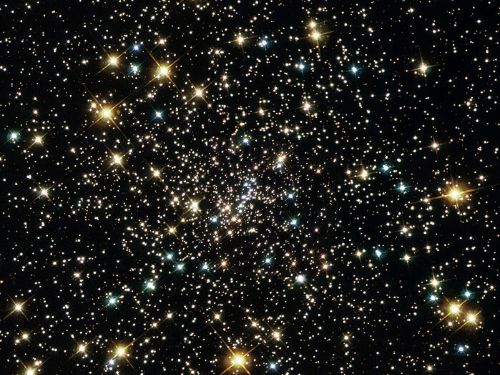
4) IC 2391 open cluster
Observation hours: from sunset to early morning.
This cluster of stars is observable with the naked eye. It is also known as the Omicron Velorum cluster. It contains around thirty stars in a portion of the sky barely larger than the full Moon. It is located in the former constellation of the Argo Ship, Jason and the Argonauts’ boat, today divided into smaller constellations. The cluster is located about 500 light years from Earth.
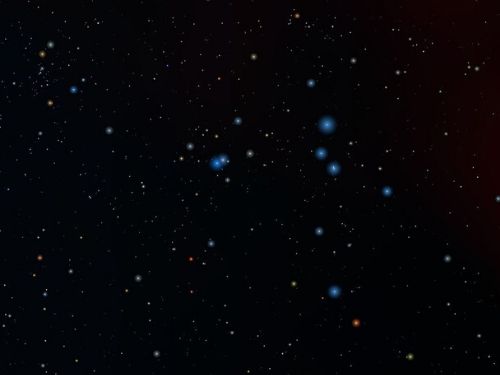

Image credits
- M81 and M82 galaxies: Anttler at en.Wikipedia / CC BY-SA (http://creativecommons.org/licenses/by-sa/3.0/)
- Kemble’s Cascade: Roberto Mura at Italian Wikipedia / Public domain
- M95: Uploader:–CWitte / Public domain
- M96: Hewholooks / CC BY-SA (https://creativecommons.org/licenses/by-sa/3.0)
- Omega Centauri globular cluster: ESO/INAF-VST/OmegaCAM / CC BY (https://creativecommons.org/licenses/by/4.0)
- NGC 2516 open cluster: G Furtado / CC BY-SA (https://creativecommons.org/licenses/by-sa/4.0)
- NGC 6397 globular cluster: NASA/ESA and the Hubble Heritage Team (AURA/STScI) / Public domain
- IC 2391 open cluster: Roberto Mura / Public domain